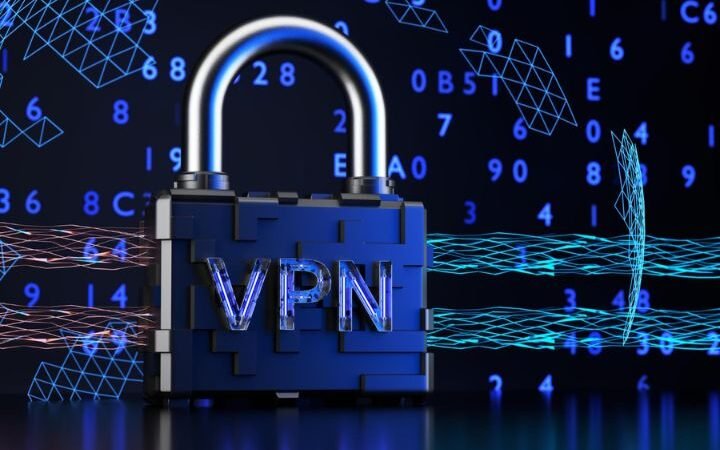Understanding 127.0.0.1:62893

When working with software development and networking, you may encounter cryptic addresses like 127.0.0.1:62893. These potentially difficult addresses represent crucial elements that enable the operation of the local network and software testing environment.
The combination of numbers 127.0.0.1 functions as localhost or loopback address which means it refers to your personal computer system. A port number 62893 comes after the colon to enable different applications to work together within your system.
What Is 127.0.0.1:62893?
A complete IP destination address combines the IP address 127.0.0.1 with the port number 62893.
- The loopback IP address 127.0.0.1 instructs devices to look at themselves.
- The system uses 62893 as its dynamic port to handle communication between different processes.
Your computer display of 127.0.0.1:62893 indicates that particular programs aim to reach other processes existing on the same system through this address.
How Loopback Works as a Localhost
Any data delivery to 127.0.0.1 stays confined within your machine through the loopback operation. The data moves internally through the TCP/IP stack instead of exiting the computer system.
When web developers operate local servers, they usually test applications through http://127.0.0.1:62893 to interact with programs that behave as if they exist on remote servers.
Uses of Localhost
The following functions are necessary for software development and networking through Localhost:
- Software developers depend on the localhost network address to confirm that their networking codes function properly.
- The localhost functionality enables developers to conduct application tests without making their products accessible to outside threats during the debugging and development stages.
- Security risks are minimized when localhost data remains confined within the computer since it fails to leave the device.
- Program execution speed increases significantly because of local service hosting instead of using internet connections.
- Developers depend on localhost to examine sites that wait to become operational.
How to Find Your Computer’s IP Address
If you need to check your IP address, follow these steps:
For Windows Users:
- Open the Start Menu.
- Type CMD and press Enter.
- In the command prompt, type ipconfig and press Enter.
- Look for the IPv4 address in the output.
For Linux Users:
- Press Ctrl + Alt + T to open the terminal.
- Type ifconfig or ip a and press Enter.
- Locate your IPv4 address from the output.
Common Errors Related to 127.0.0.1:62893
Although 127.0.0.1 belongs to the local network, it remains susceptible to errors. Some typical problems with their resolution include the following:
1. Port Conflict Error
The problem arising based on multiple applications that have employed the same port will be a conflict during the run. To fix this:
- Release all processes running in the current terminal that is utilizing the port ‘62893’.
- To do this, it is necessary to open the service interface again with the help of the necessary port that was restarted earlier.
- If needed, the program shall also involve another port assignment at this step of the process.
2. Apache or Localhost Not Responding
You can be a victim of lack of response while you are inside the localhost’.
- Make sure both Apache, as well as any other local server programs running on the PC, have been known to be not in the active state.
- Commands are put differently on Linux systems, whereby one needs to type sudo systemctl restart apache2, while on Windows, it is httpd -k restart.
3. Proxy Server Interference
It is to be noted that some proxy settings interfere with the localhost address. To fix this:
- Open your browser’s network settings.
- Examining proxy setting interferences is now important for another try to connect with 127.0.0.1:62893.
4. Firewall Blocking Localhost
Computing platforms and software firewalls interrupt local communication and computing. Try:
- Determine whether the localhost runs by turning off the firewall for a short period.
- First of all, you should add 127.0.0.1 to the list of the allowed local IP addresses in the firewall.
5. Malware or Virus Interference
Malware is capable of appropriating local ports. To check for this:
- Perform all the diagnostics with authorized software for anti-viruses.
- Remove any suspicious programs.
Conclusion
The software development and networking structure strongly builds on this component 127.0.0.1:62893. It also gives developers and IT professionals and standard users knowledge about this system to resolve problems with efficiency. This is the reason as to how one can be in a position to check and manage their localhost and ports hence coming up with software operation stability while at the same time protecting a computing environment.
Also Read: Understanding 10.24.1.53: A Guide to Private IP Addresses and Their Role in Networking


